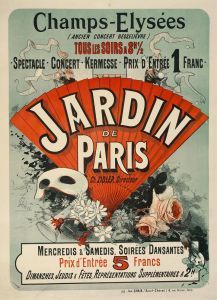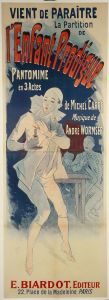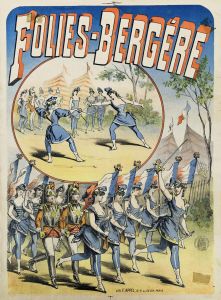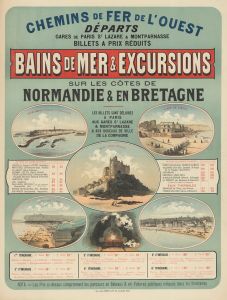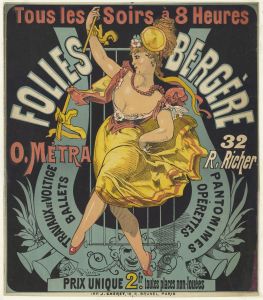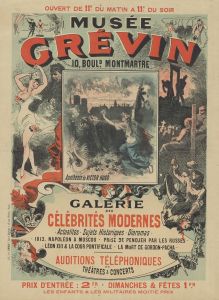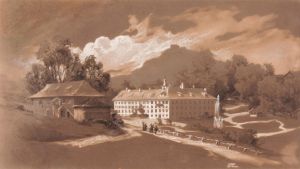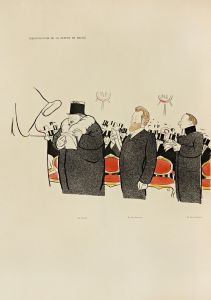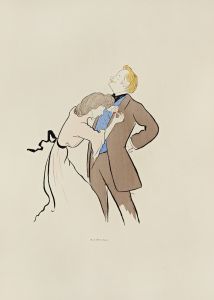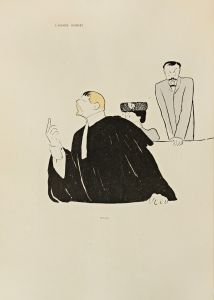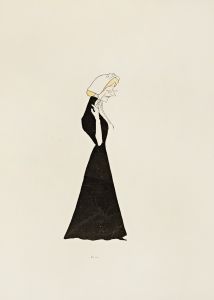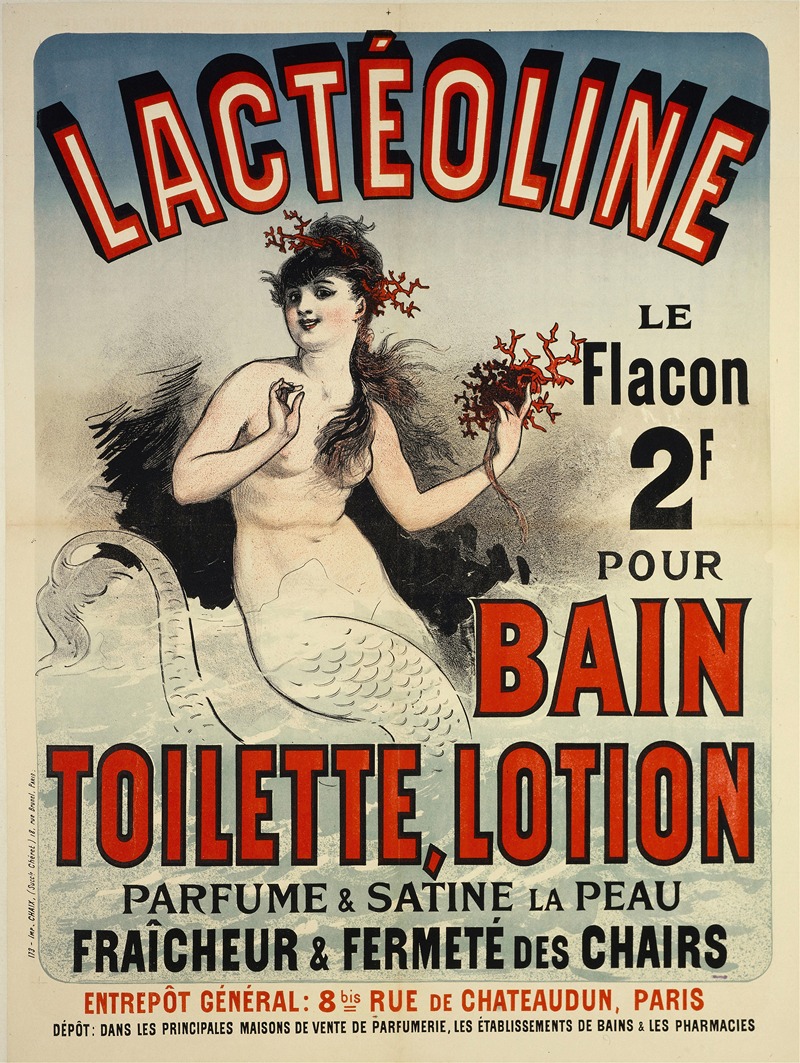
Lacteoline,Bain Toilette, Lotion
A hand-painted replica of Jules Chéret’s masterpiece Lacteoline,Bain Toilette, Lotion, meticulously crafted by professional artists to capture the true essence of the original. Each piece is created with museum-quality canvas and rare mineral pigments, carefully painted by experienced artists with delicate brushstrokes and rich, layered colors to perfectly recreate the texture of the original artwork. Unlike machine-printed reproductions, this hand-painted version brings the painting to life, infused with the artist’s emotions and skill in every stroke. Whether for personal collection or home decoration, it instantly elevates the artistic atmosphere of any space.
Jules Chéret, a French painter and lithographer, is often referred to as the "father of the modern poster." His work in the late 19th century revolutionized the art of advertising, transforming it into a respected art form. One of his notable works is the poster "Lacteoline, Bain Toilette, Lotion," which exemplifies his innovative approach to commercial art.
Jules Chéret was born on May 31, 1836, in Paris, France. He began his career as a lithographer's apprentice and later studied drawing at the École Nationale de Dessin. Chéret's artistic journey took him to London, where he was exposed to new printing techniques and the vibrant world of advertising. Upon returning to Paris, he applied these techniques, leading to a flourishing career in poster design.
The "Lacteoline, Bain Toilette, Lotion" poster is a quintessential example of Chéret's style, which combined elements of fine art with commercial appeal. Chéret's posters were characterized by their bright colors, dynamic compositions, and playful imagery. He often depicted lively, carefree women, known as "Chérettes," who embodied the spirit of the Belle Époque era. These figures were not only central to his compositions but also served as an idealized representation of modern femininity and consumer culture.
In "Lacteoline, Bain Toilette, Lotion," Chéret employs his signature style to advertise a toiletry product. The poster features a graceful female figure, likely a "Chérette," surrounded by swirling colors and elegant typography. The use of vibrant hues and fluid lines captures the viewer's attention, effectively communicating the product's allure and sophistication. Chéret's ability to blend art with advertising helped elevate the status of posters, making them a popular medium for both artistic expression and commercial promotion.
Chéret's impact on the art world extended beyond his individual works. He played a crucial role in the development of the poster as a legitimate art form, influencing subsequent generations of artists and designers. His innovative use of color lithography allowed for mass production of posters, making art accessible to a broader audience. This democratization of art was a significant cultural shift, as it brought visual art into public spaces and everyday life.
Throughout his career, Chéret produced over a thousand posters, covering a wide range of subjects, from theatrical performances to consumer products. His work not only captured the essence of the Belle Époque but also reflected the changing dynamics of society during this period. The posters served as a mirror to the cultural and social transformations of late 19th-century France, highlighting the growing importance of consumerism and the rise of modern advertising.
Jules Chéret's contributions to the art of the poster were recognized during his lifetime, and he received numerous accolades for his work. In 1890, he was awarded the Légion d'Honneur, one of France's highest honors, for his artistic achievements. Chéret's legacy continues to be celebrated today, as his posters remain iconic examples of the fusion of art and commerce.
In summary, "Lacteoline, Bain Toilette, Lotion" by Jules Chéret is a testament to the artist's pioneering role in the evolution of the modern poster. Through his innovative techniques and artistic vision, Chéret transformed advertising into an art form that captured the imagination of the public and left a lasting impact on the world of visual culture.






